
正版现货新书 基于差分磨损模型的刀具磨损预测方法学 9787576323085 解丽静著
全新正版现货,以书名为准,放心购买,购书咨询18931383650朱老师
¥ 29.08 4.7折 ¥ 62 全新
库存58件
作者解丽静著
出版社北京理工大学出版社有限责任公司
ISBN9787576323085
出版时间2023-04
装帧其他
开本其他
定价62元
货号16035636
上书时间2024-10-07
- 在售商品 暂无
- 平均发货时间 10小时
- 好评率 暂无
- 最新上架
商品详情
- 品相描述:全新
- 商品描述
-
作者简介
解丽静,北京理工大学机械与车辆学院副教授,2004年于德国卡尔斯鲁厄理工大学机床与生产技术研究所获得工学博士学位,2010-2018年担任北京理工大学先进加工研究所所长。2014-2015年,多伦多大学访问学者。现为中国机械工程学会切削专业委员会委员、中国机械工业金属切削刀具技术协会切削先进技术研究分会第十届理事会全国理事、中文核心期刊《工具技术》编委、SCI期刊《International Journal of Mechanics and Materials in Design》编委。主要研究方向包括:难加工材料高效精密切削技术、弱刚度复杂结构件加工变形控制技术、面向抗疲劳制造的零件表层材料组织调控技术等;曾主持173项目课题、973项目专题、国家科技重大专项子课题、国防基础产品创新科研项目等国家级科研项目。获国防科技进步三等奖、中国机械工业科技一等奖等。
目录Chapter 1 Introduction / 1
1. 1 Metal Cutting Theory / 2
1. 2 Finite Element Simulation of Cutting Process/ 7
1. 2. 1 Numerical Aspects / 9
1. 2. 2 Mechanical Aspects / 11
1. 3 Technical Background About Tool Wear / 19
1. 3. 1 Wear Types in Metal Cutting / 20
1. 3. 2 Wear Mechanism / 21
1. 3. 3 Tool Wear Model / 22
1. 4 Research of Tool Wear with Finite Element Methods / 25
1. 4. 1 Comparison Between FEM Method and Empirical Method / 25
1. 4. 2 State of Art: Numerical Implementation of Tool Wear Estimation / 27
1. 5 Methodology of Tool Wear Estimation Based on Differential Wear Rate Model / 32
1. 5. 1 Objective / 32
1. 5. 2 Approach / 33
Chapter 2 Development of Differential Wear Rate Model / 36
2. 1 Introduction / 36
2. 2 Orthogonal Cutting Experiment / 37
2. 3 Determination of Wear Constants / 40
2. 3. 1 Tool Wear Rate Model Relate to Flank Wear/ 40
2. 3. 2 Curve Fitting For Usuis Model / 42
Chapter 3 Chip Formation Simulation Technology/ 45
3. 1 Introduction / 45
3. 1. 1 Explicit Algorithm in Chip Formation Simulation/ 45
3. 1. 2 Stability Limit / 47
3. 2 Continuous Chip Formation Simulation / 47
3. 2. 1 Limitation of the Existing Chip Formation Models / 47
3. 2. 2 Advantages of the New-developed Chip Formation Model / 50
3. 2. 3 Adaptive Meshing Technique in ABAQUS/ Explicit / 50
3. 2. 4 Analysis Steps / 52
3. 2. 5 Results & Discussion / 59
3. 3 Chip Formation Simulation for Milling Operation / 66
3. 3. 1 Chip Separation / 66
3. 3. 2 Chip Formation Modeling / 69
3. 3. 3 Result & Discussion / 71
3. 4 Summaries & Conclusion / 74
Chapter 4 Heat Transfer Analysis in Metal Cutting / 76
4. 1 Introduction / 76
4. 2 General Considerations / 77
4. 2. 1 Geometry and Mesh / 77
4. 2. 2 Heat Flux / 77
4. 3 In Turning Operation / 78
4. 3. 1 Modeling / 78
4. 3. 2 Results & Discussion / 81
4. 4 In Milling Operation / 82
4. 4. 1 On Workpiece / 82
4. 4. 2 On Tool / 85
4. 5 Summaries & Conclusion / 93
Chapter 5 Estimation of Tool Wear in Turning Operation / 94
5. 1 Introduction / 94
5. 2 Tool Wear Calculation Program Design / 95
5. 3 Modeling Procedure / 96
5. 3. 1 Chip Formation and Heat Transfer Analysis/ 96
5. 3. 2 Wear Rate Calculation / 99
5. 3. 3 Nodal Move Direction / 99
5. 3. 4 Cutting Time Increment Calculation / 101
5. 3. 5 Nodal Displacement / 104
5. 3. 6 Tool Geometry Updating / 104
5. 4 Results & Discussion / 106
5. 4. 1 Tool Wear / 106
5. 5 Summaries & Conclusion / 108
Chapter 6 Estimation of Tool Wear in Milling Operation / 110
6. 1 Introduction / 110
6. 2 Tool Wear Calculation Program Design / 112
6. 3 Modeling Procedure / 113
6. 3. 1 Chip Formation Analysis / 113
6. 3. 2 Heat Transfer Analysis / 115
6. 3. 3 Nodal Average Wear Rate Calculation / 115
6. 3. 4 Nodal Move Direction / 119
6. 3. 5 Cutting Time Increment Calculation / 120
6. 3. 6 Nodal Displacement Calculation / 123
6. 3. 7 Tool Geometry Updating / 123
6. 4 Results & Discussion / 123
6. 5 Summaries & Conclusion / 124
Chapter 7 Summary and Prospect / 126
7. 1 Summaries / 126
7. 2 Prospect / 128
References / 130
精彩内容刀具磨损和寿命的预测对于加工过程的优化至关重要。生产实践中广泛应用的刀具寿命计算公式-Taylor公式,存在着建立公式所需试验量大、公式的修正项多、无法揭示磨损机理、不适用于不断涌现的高速切削新工艺等缺点。基于磨损机理的“差分”形式刀具磨损率模型的开发以及切削过程有限元仿真技术的发展为刀具磨损研究提供了全新的数值仿真方法。基于有限元的刀具磨损数值仿真方法在预测刀具寿命的同时,还能计算出前后刀面的磨损廓形,并确定各种磨损机理对刀具总磨损量的贡献。这对于刀材适配性研究和刀具几何优化的意义重大。本书将系统讲述“差分”形式的刀具磨损率模型开发方法、切屑成形过程的热力耦合仿真方法、刀具热稳态和平衡态的求解分析技术、车削和铣削工艺中刀具磨损仿真的方法学研究。
本书适合于切削加工仿真领域的研究生和技术人员学习参考。
— 没有更多了 —


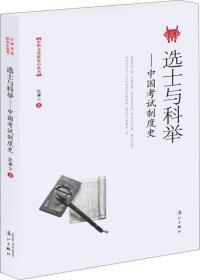
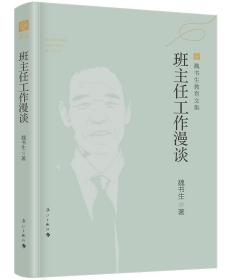



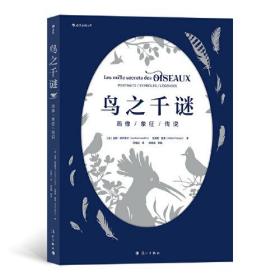
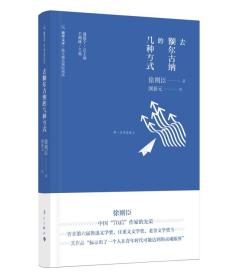
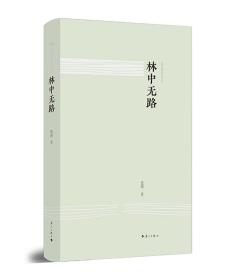
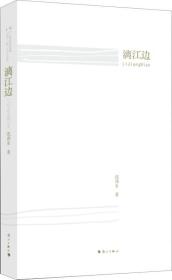

以下为对购买帮助不大的评价